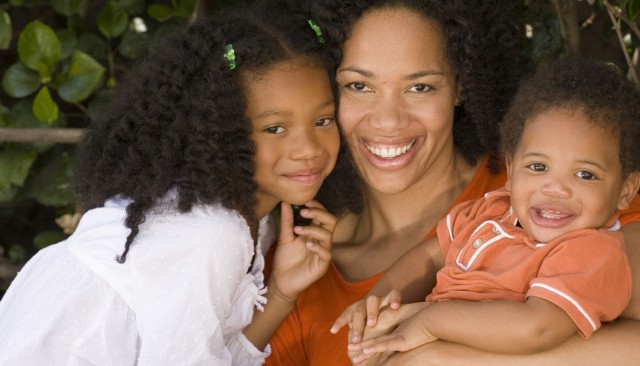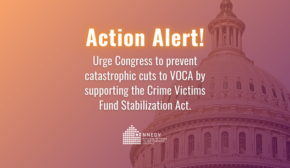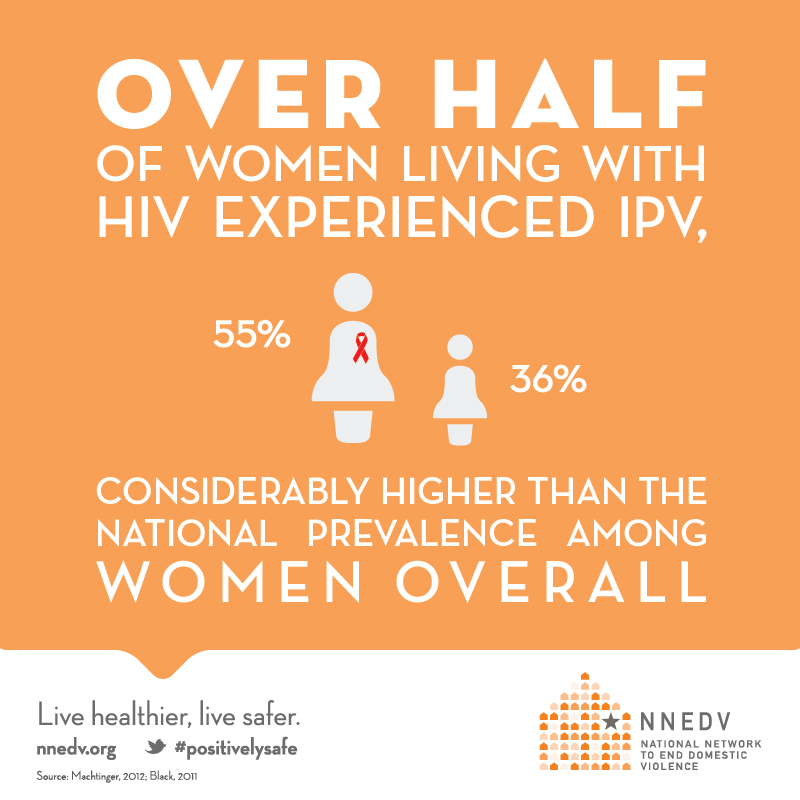Women, HIV/AIDS, and Domestic Violence
March 10, 2015
Today marks National Women and Girls HIV/AIDS Awareness Day. Gender-based violence – supported by bias, discrimination, and disenfranchisement – lies at the center of the intersection between HIV/AIDS and abuse. Abusers use physical and sexual violence to control their partners.
Globally, nearly one in four women experience sexual violence by an intimate partner in their lifetimes. [1] Further, research has found that in the United States, women in abusive relationships are four times as likely to contract HIV. [2] In 2009, there were 280,000 women living with HIV in the United States. [3] Women of color and transgender women are disproportionately impacted by HIV/AIDS and domestic violence, and often lack access to critical resources. Black and Latina women comprise 75 percent of U.S. women living with HIV, and a recent survey of transgender women found that 58 percent had experienced domestic violence and 28 percent were HIV positive. [4]
Through the Positively Safe program, the National Network to End Domestic Violence (NNEDV) is working at the intersection to end both of these epidemics by providing resources for communities and service providers across the United States. Positively Safe helps inform communities about the relationship between domestic violence and HIV/AIDS with its Train the Trainer Curriculum and Resource Toolkit.
By providing information and building stronger partnerships between domestic violence and HIV/AIDS programs, NNEDV strives to increase testing among women and girls, improve safety during the dangerous time of disclosure to a sexual partner, ensure access to medical and community resources, and offer greater support and information for women and girls at risk for HIV/AIDS infection and/or violence.
Together we can make a difference in the national efforts to end violence against women and the spread of HIV/AIDS.
Learn more about Positively Safe.
—
[1] World Health Organization, “Violence against women,” http://www.who.int/mediacentre/factsheets/fs239/en/, accessed March 5, 2015.
[2] Center for Disease Control Intersection of intimate partner violence and HIV in women, http://www.cdc.gov/violenceprevention/pdf/ipv/13_243567_green_aag-a.pdf, February, 2014, accessed March 5, 2015.
[3] White House Working Group on the Intersection of HIV/AIDS, Addressing the Intersection of HIV/AIDS, Violence against Women and Girls, & Gender-Related Health Disparities. http://www.whitehouse.gov/sites/default/files/docs/vaw-hiv_working_group_report_final_-_9-6–2013.pdf September, 2013, accessed March 6, 2015.
[4] White House Working Group on the Intersection of HIV/AIDS, Addressing the Intersection of HIV/AIDS, Violence against Women and Girls, & Gender-Related Health Disparities. http://www.whitehouse.gov/sites/default/files/docs/vaw-hiv_working_group_report_final_-_9-6–2013.pdf September, 2013, accessed March 6, 2015.






